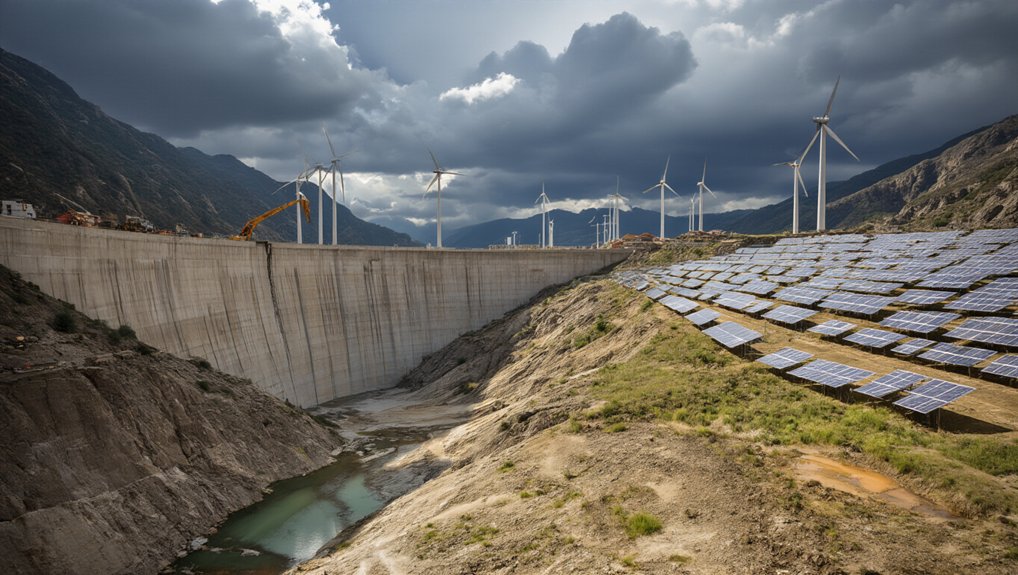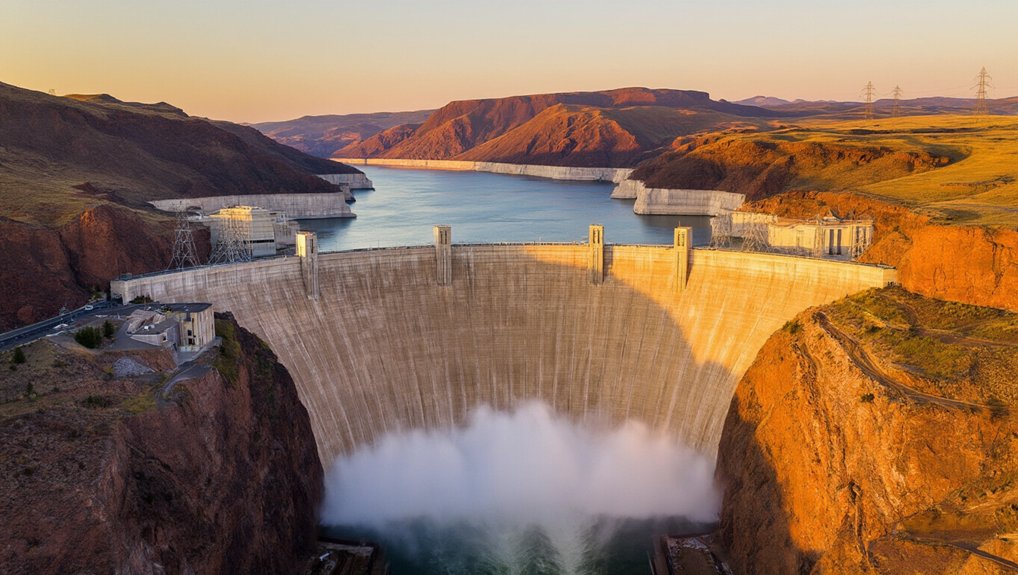While many power plants from the 1920s have long since shut down, Rio Tinto is spending $1.2 billion to give new life to one of Quebec’s oldest hydroelectric facilities. The massive project will modernize the 1926-era plant to keep it running for another hundred years.
The upgrades include replacing eight turbine-alternator groups and fixing up water intakes and hydraulic passages. Workers will also build an extension to the existing building. These improvements will help the plant produce electricity more efficiently and meet today’s environmental and safety rules. The project will also upgrade the spillway for winter reliability, ensuring the plant can operate safely during harsh Canadian winters.
Major upgrades will modernize turbines, water systems, and infrastructure to boost efficiency while meeting modern environmental standards.
This hydroelectric station has played a key role in Quebec’s history. When Alcan, now Rio Tinto, first built it, the plant powered aluminum smelting and other local industries. Over forty years, the company created several hydro stations around Lac-Saint-Jean, including Chute-à-Caron and Shipshaw. The region’s aluminum industry specifically benefited from decreasing electricity rates for higher volume consumption, a pricing system pioneered by early power companies.
The Beauharnois generating station, which opened in 1961, was once Canada’s most powerful and remains one of the world’s largest run-of-river plants. Building its headrace required moving more earth than the Panama Canal project.
Today, the facility’s electricity powers aluminum smelters that produce “green aluminum” with lower carbon emissions. This matters because car and airplane makers want materials that don’t harm the environment as much. The steady supply of clean energy helps Quebec lead in renewable-powered manufacturing. Like geothermal plants with their 96% capacity factor, these hydroelectric facilities provide reliable power around the clock regardless of weather conditions.
The modernization brings major economic benefits to the region. It’ll protect existing jobs and might create new ones. The investment could also attract more green industries to Quebec. Local businesses that depend on reliable, clean electricity will have certainty about their power supply for decades to come.
Quebec’s hydroelectric systems have shaped the province for nearly a century. The original construction period lasted over thirty years and transformed Quebec’s infrastructure. Early electricity contracts helped connect different parts of the province and supported regional growth.
When the government later took control of hydro assets, it changed how the province managed its industrial development.
This billion-dollar makeover shows how old infrastructure can find new purpose in fighting climate change. By updating nearly century-old technology, Rio Tinto guarantees this historic plant will keep powering Quebec’s green economy well into the future.
References
- https://www.miningweekly.com/article/rio-tinto-to-spend-12bn-to-modernise-1926-era-quebec-hydropower-plant-2025-05-16
- http://www.hydroquebec.com/history-electricity-in-quebec/timeline/corporate-consolidations-big-projects.html
- https://waterpowercanada.ca/wp-content/uploads/2019/06/2008-hydropower-past-present-future-en.pdf
- https://www.gvhs.ca/publications/utg-articles/volume-21-08.html
- https://en.wikipedia.org/wiki/History_of_Hydro-Québec








